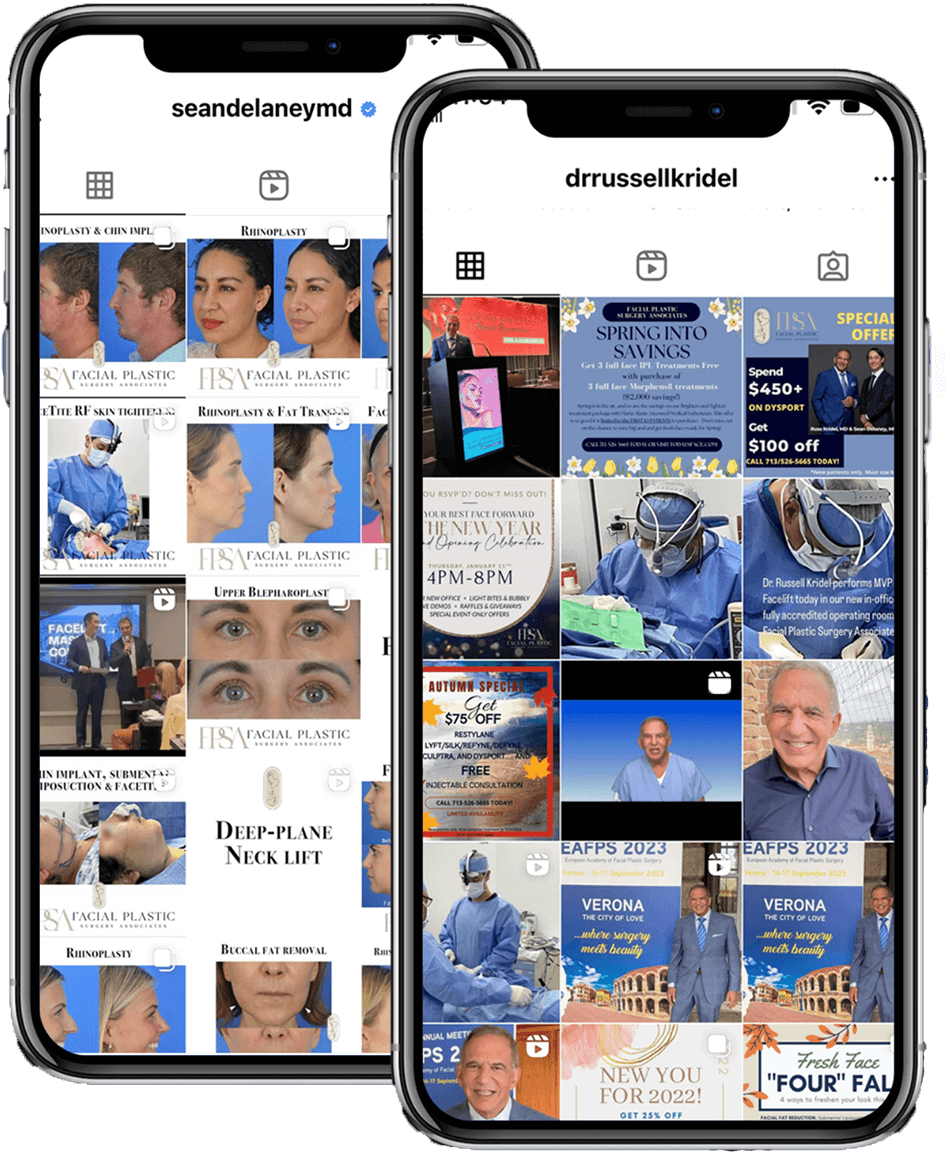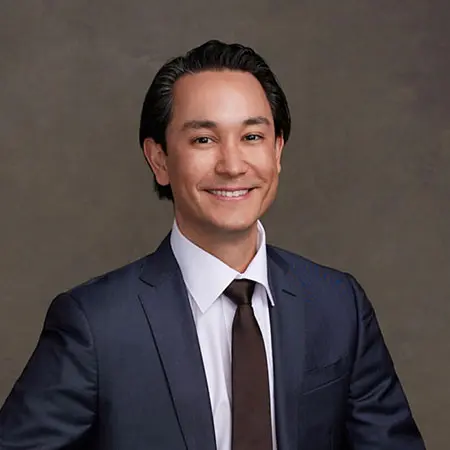March 23, 2022 | Nasal Fracture, Rhinoplasty Surgeon
4 minute read
The nose is the prominent centerpiece of the face. As such, it is also highly susceptible to trauma. Injuries to the nose can be traumatic and stressful. Dr. Delaney will provide information about what to do when you have a suspected isolated nasal injury. If there is an open laceration on your nose or you have sustained injuries to other areas of the face or head, you should seek prompt evaluation at a nearby ER.
The nasal bones form the top 1/3 of the nose and are paper-thin. Therefore, it doesn’t take much force to cause a nasal fracture. Nasal fractures can be nondisplaced or displaced. If a fracture is nondisplaced, the two sides of the fracture are still favorably lined up. If a fracture is displaced, the bony edges are no longer lined up, and the nose may appear visibly different. The lower 2/3 of the nose is comprised of nasal cartilages that are supported by the septum. While the nasal cartilages are more resilient to trauma, the septum can buckle, fracture, or become dislocated with enough force.
You may often experience a nosebleed with a nasal injury, so it is crucial to stop the bleeding. Once the bleeding has stopped, you can examine your nose to see if the nose looks visibly crooked or pushed in. If you are not sure, you can refer to your driver’s license photo, as long as it is reasonably recent. You will also want to notice whether your nasal breathing has been impacted. If your answer is “Yes” to either question, then you should consider seeing a facial plastic surgeon for evaluation. Rarely, there can be bleeding into the nasal septum, and a septal hematoma can form. In this case, blood can accumulate within the nasal septum and present as a red fleshy mass in one or both nasal passages that can obstruct breathing.
Nasal X-rays are not required to diagnose a nasal fracture. If there is a displaced nasal fracture and the nose is obviously deformed from the injury, then a closed nasal reduction may be considered to reduce the fracture. A closed nasal reduction is typically performed without making any incisions. Instead, a blunt instrument is used to reduce the fractured nasal bones and displaced septum back to the pre-injury state, and the nose is splinted.
The timing of a closed nasal reduction is important. Too soon after the fracture, the nose will be too swollen to examine or reduce accurately. Too late after the fracture, the displaced nasal bones will begin to heal in the newly displaced position and become difficult to reduce. Therefore, we typically ask patients to keep their heads elevated and ice their noses after a suspected nasal fracture before an evaluation around 5-7 days after the injury. From that point on, if there is a displaced nasal fracture that would benefit from a reduction, we would schedule the reduction in the next 1-2 weeks before the nasal bones heal in their crooked configuration. For particularly bad fractures, closed nasal reduction may not be able to restore the nose to its pre-injury state entirely. In such cases, a second surgery may be necessary to improve the nose further. Still, because a closed nasal reduction was initially performed, the subsequent surgery may be easier to perform and have a better result.
Suppose a person suffered a displaced nasal fracture but was not able to seek care before the nasal bones have healed in the displaced position. In that case, rhinoplasty surgery may be necessary. In this scenario, we would typically wait at least 3 months from the time of the nasal fracture to allow the bones to heal and the soft tissue swelling to subside. The rationale behind waiting for the bone to heal is that we will have to re-break the nasal bones to mobilize them with rhinoplasty. Therefore, if the bones have not healed sufficiently, the bony cuts may break along the old fracture lines instead of where we want, which may compromise the surgical result.
If you are concerned that you may have sustained a nasal injury, consider seeing a board-certified facial plastic surgeon for a consultation.




